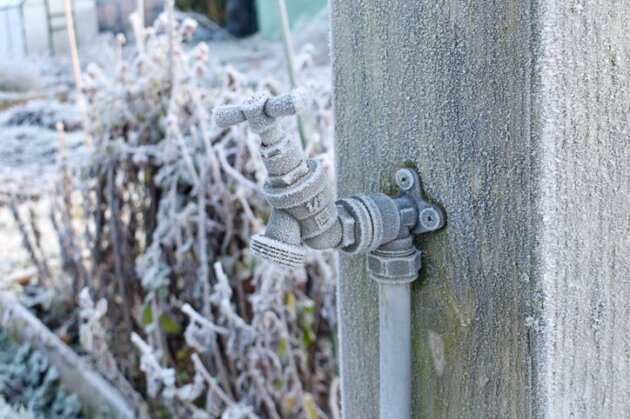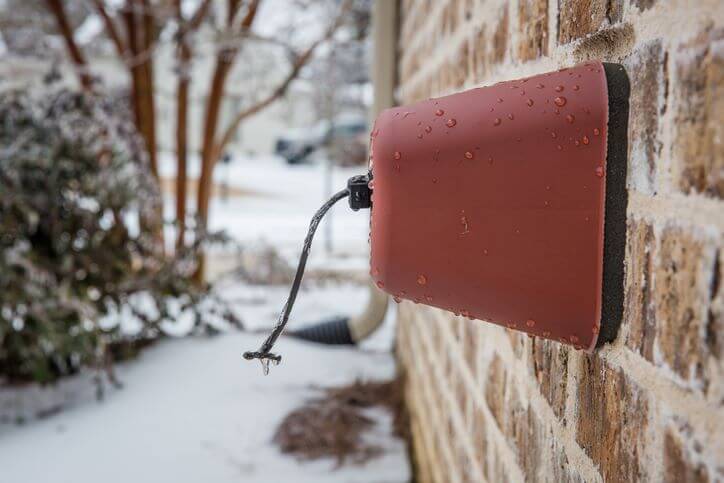Protecting Your Spigot in Freezing Temperatures: A Comprehensive Guide

When winter looms over the Windy City, many Chicago homeowners turn their attention to the usual cold-weather chores: switching out summer wear for winter coats, preparing homes for the holiday season, and winterizing vehicles. However, one essential task often gets overlooked: protecting outdoor plumbing, especially the often-used spigot. Let’s delve into why this is crucial and how to ensure your spigot survives the frigid temperatures without a glitch.
Why Freezing Temperatures Are a Spigot’s Worst Nightmare
Water has an exceptional property; it expands as it freezes. So, when the temperature drops and the water inside your spigot turns to ice, it can exert immense pressure on the spigot and its connecting pipes. This expansion could lead to burst pipes, potentially causing water damage to your property and a hefty repair bill.
Flushing vs. Winterizing
Flushing:
Simply put, flushing means clearing out the water from your spigot and its associated pipes. This is a basic measure but doesn’t offer complete protection. Although it removes the majority of the water, some residue can remain, which can still freeze and cause damage.
Steps for flushing your spigot:
- Turn off the interior water supply valve that leads to your spigot.
- Open the spigot outside and let the remaining water drain out.
- Leave the spigot in an open position. This can allow any leftover water to expand without causing any damage.

Winterizing:
Winterizing is a more comprehensive process that ensures all water is removed from the spigot and its associated pipes, providing maximum protection against freezing temperatures.
Steps for winterizing:
- Follow the steps for flushing mentioned above.
- Use an air compressor to blow out any remaining water.
- Consider using insulating covers or foam faucet protectors for added protection.
To Winterize or Not?
While winterizing offers the most protection, it might be overkill if you’re in an area of Chicago that sees milder winter temperatures. However, for regions frequently experiencing freezing temperatures, it’s a worthy investment. Given the potential costs of repairs from burst pipes and the relatively low cost and effort of winterizing, many homeowners opt for the safer route.
Final Thoughts on Frozen Pipes
Whether you choose to flush or winterize, the essential thing is to take proactive steps to protect your spigot from the freezing temperatures of Chicago winters. A little effort now can save you a lot of trouble and expense down the line.
Need professional assistance with your spigot or other plumbing concerns as winter approaches?
Rocket Plumbing is here to help! From spigot care to tackling frozen pipes, our team ensures you’re covered throughout the season. Reach out to us today!

